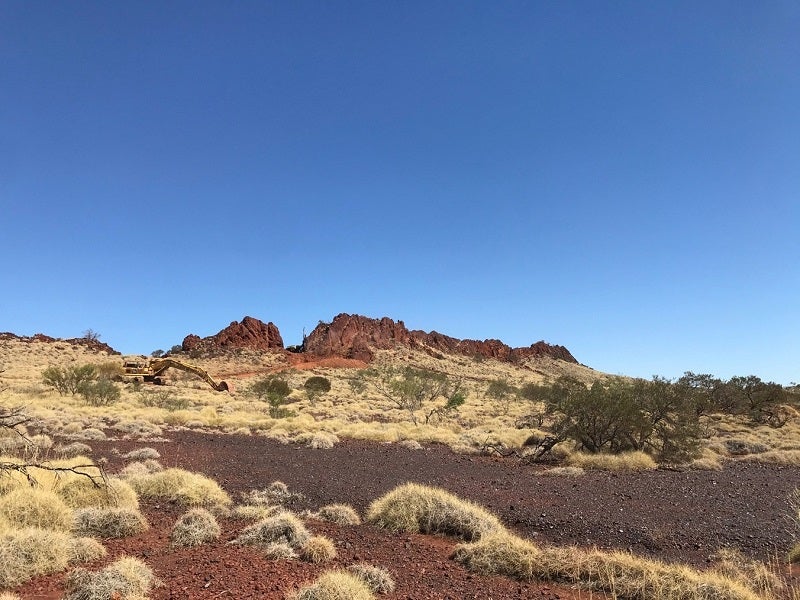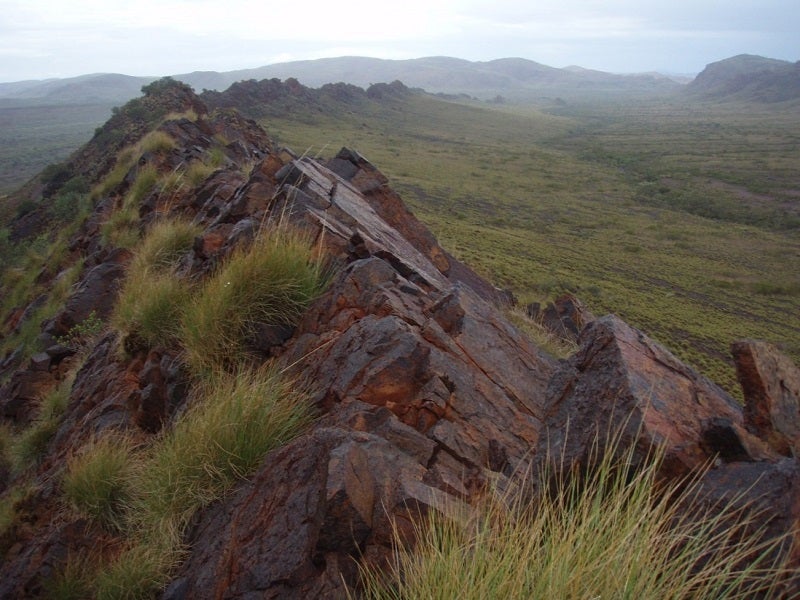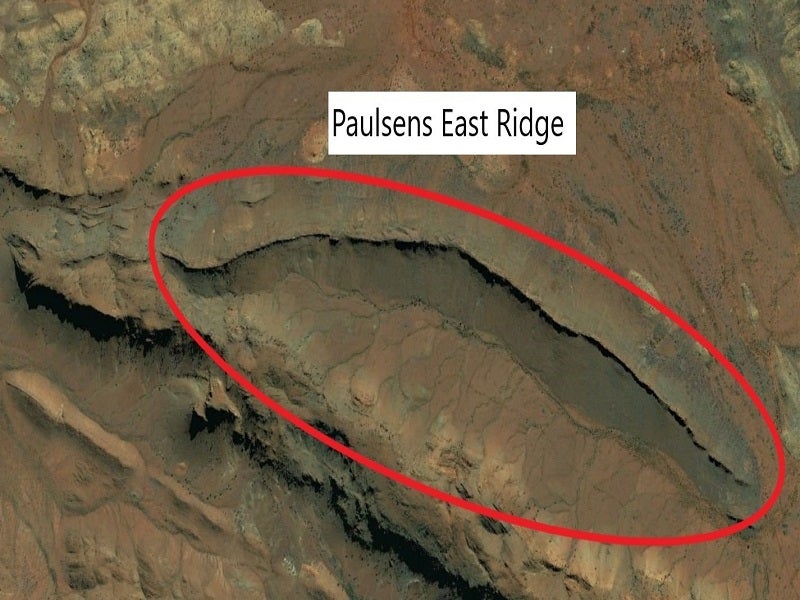The Paulsens East iron ore project is an open-cut iron mine being developed in the state of Western Australia, by mineral exploration company Strike Resources.
A feasibility study on the Paulsens East mine was completed in October 2020. It envisaged a production rate of 1.5 million tonnes per year (Mtpa) over an initial four-year life of mine (LOM).
Strike Resources received approval from the Department of Mines, Industry, Regulation and Safety (DMIRS) for the Paulsens East mine’s project management plan (PMP) in April 2021, paving the start of mining operations.
Strike Resources is anticipated to begin ore production from the Paulsens East project in the third quarter (Q3) of 2021.
Paulsens East iron ore project location and geology
The Paulsens East project is located in the mining lease M47/1583, which is situated approximately 10km away from Australian gold producer Northern Star Resources’ Paulsens gold mine in the Pilbara region. It lies approximately 200km west of the Paraburdoo town and 600km from Port Hedland.
The deposit has a strike length of 3km and three major bands of iron-rich hematite conglomerate. The continuous bands were formed by the erosion and reconstitution of mineralised bedrock.
The hematite pebbles were bound in a hematite matrix along the land and marine interface during the reconstitution.
Paulsens East iron ore project mineralisation and reserves
The hematite iron ore mineralisation in the deposit occurs as a high-grade ridge that is about 60m above the valley floor and spans 3km west to east.
The Joint Ore Reserves Committee (JORC)-compliant probable ore reserves of the project are estimated at 6.2 million tonnes (Mt) grading 59.9% iron (Fe), 3.77% aluminium oxide (Al2O3), 7.43% silicon dioxide (SiO2), and 0.086% phosphorous (P).
Indicated mineral resource are estimated at 9.6Mt at 61.1% Fe, 6.0% SiO2, 3.6% Al2O3, and 0.08% P.
Mining at Paulsens East iron ore project
The iron ore from the Paulsens East project will be extracted using open-cut mining. Diesel-powered tracked excavators and off-road haul trucks will be used for the mining. The stripping ratio over the first four years of mining is estimated to be 3:1.
The mining activities will be focused on the production of lower strip-ratio material in the initial phase before ramping up the production upon achieving the initial production target .
Production
The Australian iron ore project will produce direct shipping ore (DSO) lumps and fines graded at 62% Fe and 59% Fe, respectively. DSO lumps will constitute approximately 75% of the mine production, while the remaining 25% will be fines.
An on-site laboratory will support the ongoing analysis of ore samples to maintain the consistency of product grades.
Ore processing
The run-of-mine (ROM) ore will be passed through the primary and secondary crushing stages at the processing facility before being screened over a tri-deck screen to produce separated lump and fines stockpiles.
A front-end loader will be used to feed the primary crusher from the ROM pad. The crusher will reduce the ore size from -750mm to -150mm at a rate of 500 tonnes per hour (tph) of ROM ore.
The crushed ore from the primary crusher will be fed to the secondary crusher. The cone crushers will be designed to maximise lump production over fines.
The material will be transported to a triple-deck screen that will separate the lump from the fines. Any +32mm material will be returned to the secondary crusher for re-processing.
The material passing only through the upper two decks but not the bottom deck will be considered as a lump. A customised conveyor and a telescopic stacker will be used to deliver the ore to the lump stockpile.
The processed lump and fines products from the mine will be transported by trucks to the Utah Point bulk handling facility at Port Hedland for export.
Infrastructure
The infrastructure at Paulsens East iron ore project will include an 18km-long all-weather haulage road connecting the mining site to the bitumen Nanutarra Road, an access road for the proposed mining camp, a mining operations centre (MOC), an ROM pad, and a water storage facility.
The water needs for the project will be met from local bores within the mining lease.
Contractors involved in Paulsens East iron ore project
Australian mining and civil construction services company Lucas Total Contract Solutions was selected to provide mining, crushing, and screening services for the project in June 2021. It is also responsible for civil works such as the construction of the haulage road and the MOC.
Dynamic Drill and Blast, a local firm, was contacted to provide drill and blast services, while Australian telecommunications company Telstra was appointed to establish communications infrastructure at the project site and mining village.
Engineering and project delivery firm Engenium, a part of global engineering services company Stantec, was contracted to supervise and oversee the completion of the feasibility study for the Paulsens East iron ore project in June 2020. The metallurgical testing was performed by global technical services provider ALS Metallurgy Iron Ore Technical Centre.
Mining Focus Consultants was selected to provide the mining schedule and JORC probable ore reserve estimate.
Campbell Transport, a transportation and freight services provider based in Australia, will deliver 13 new Ultra Quad road trains, including 13 prime mover trucks and 52 trailers, for the project to meet the haulage needs.






